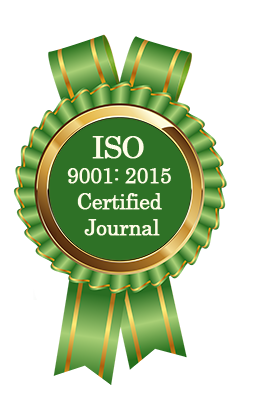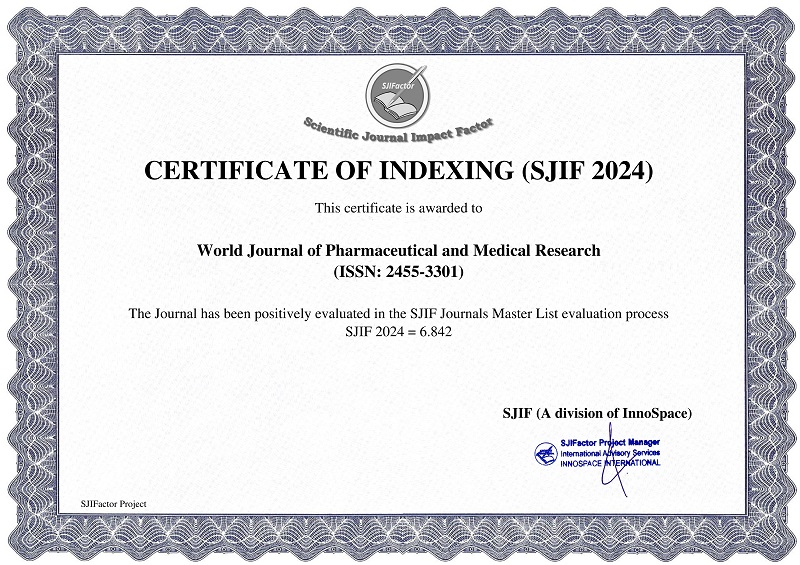ASTHI DHATU KSHAYA AND OSTEOPOROSIS: A COMPARATIVE STUDY OF AYURVEDIC AND MODERN PERSPECTIVES
Amritanshu Saroch*, Swapnil Saini, Akhilesh Srivastava, Ajay Kumar Shukla and Pooja Sharma
ABSTRACT
In Ayurveda, Asthi Dhatu is a tissue responsible for building and maintaining the skeletal structure of the body. Its supported by Asthivaha Srotas, the channels that help nourish and sustain bone health. When this system becomes imbalanced—due to poor metabolism (Dhatvagni Mandya), increased Vata, or improper nutrition— also it can lead to Asthi Dhatu Kshaya, a condition characterized by weak bones, brittle nails, hair loss, and skeletal deformities. These classical Ayurvedic symptoms closely mirror what modern medicine describes as osteoporosis—a condition in which bones become fragile and more prone for fractures, often due to aging, hormonal changes, and nutritional deficiencies. This review aims to bridge Ayurvedic and modern perspectives by highlighting similarities in how both systems understand the causes and symptoms of bone deterioration. It compares diagnostic methods—from traditional Ayurvedic examination to modern tools like DEXA scans—and discusses how treatment can be approached holistically. Ayurvedic therapies such as Laksha Churna, Ashwagandha, Basti, and Abhyanga can complement modern treatments like calcium supplementation, hormone therapy, and lifestyle changes. By bringing together insights from both Ayurveda and contemporary science, this article offers more integrated, comprehensive approach for maintaining bone health and managing conditions like osteoporosis.
[Full Text Article] [Download Certificate]



